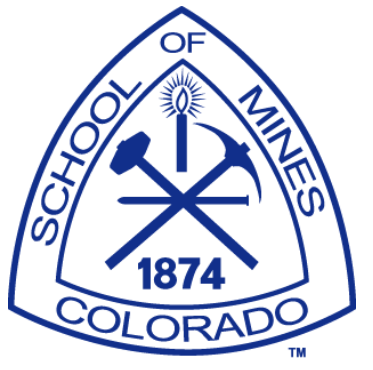
NSF DMREF CSM STCH
| Project ID | ce58ce17-56b0-4b1b-8e9a-7068e7157600 |
|---|
High Temperature Defects: Linking Solar Thermochemcial and Thermoelectric Materials
Recipient Colorado School of Mines (PI: Eric Toberer and Vladan Stevanovic)
Subs University of Illinois Urbana-Champaign (PI: Elif Ertikin) and SLAC National Accelerator Laboratory (PI: Michael Toney)
HydroGEN Node Experts
National Renewable Energy Laboratory:
- Robert Bell
- David Ginley
- Stephan Lany
- Philip Parilla
Water Splitting Technology STCH
Status Awarded
Abstract Both thermoelectric and solar thermochemical materials research are fundamentally concerned with the interplay between defect energetics and off-stoichiometry at elevated temperatures. The core of our project is to develop a framework to predict defects and dopant properties through an iterative loop between (i) first-principles defect thermodynamic calculations, (ii) experimental phase boundary mapping, and (iii) atomic-scale structural investigations at national user facilities. As part of this effort, our DMREF team is developing a large computational dataset related to defects and dopants in non-oxide crystalline solids (Stevanovic & Ertekin). We will provide our evolving dataset of defect calculations in complex materials as well as the associated machine learning engine to predict native defects, non- stoichiometry, and extrinsic dopants and alloys for oxide based solar thermochemical hydrogen (STCH) materials. In this collaborative project, these overlapping interests are directed to four key products. The first is a publicly available database that unites the DMREF and HydroGEN defect work. The next three will be papers devoted to (i) utilizing this combined database to understanding how anion defects compete energetically in mixed anion systems, (ii) developing routines for more accurate treatment of defects and their clusters at high temperature, and (iii) applying machine learning to the defect and off-stroichiometry results to identify new solar thermochemical and thermoelectric candidates.
